Art Inspired by Nature: The Apple of Our Eye…
Lord Fredrick Leighton, The Garden of the Hesperides, 1892
This week’s topic on The Gardener’s Eden is heirloom apples. So in keeping with this theme, today’s edition of ‘Art Inspired by Nature’ focuses on the apple in Western art. A fruit of temperate regions throughout the world, the apple has been cultivated by humans since prehistoric times. Malus sieversii, the wild apple of Kazakhstan, is believed to be the great-great grandmother of our modern, domestic apple, (Malus domestica). These ancient Asian forest apples slowly spread about the globe, hyridizing with wild, or European crab apples, (Malus sylvestris). Eventually, after grafting was discovered by the Chinese, apples became a reliable, staple food throughout the world. Continuous propagation of the apple has resulted in the more than 2,000 modern cultivars grown today.
Human beings are quite preoccupied with apples, and is it any wonder? Not only is this sweet fruit delicious, but it is also beautiful to behold, inspiring artists from the dawn of artistic creation. The apple also became a symbol in many cultures and religions – most famously, of course, in the biblical story of the Garden of Eden. Although modern scientists now believe that the pomegranate may have actually been the fruit of Eden, the apple has become inseparably linked with the story of original sin and temptation. Somehow this association has not hurt the apple’s reputation at all – it has only added poetic allure to this glorious gift of nature.
After an entertaining evening spent researching the apple in Western art, I discovered enough work to fill not one but several large museums. Although it was difficult to decide, I finally chose a few apple-inspired images to share with you here today. I was particularly drawn to the gilded, ancient Greek works of art, such as The Hesperides, (detail shown below). Of course, I had to include some of the work of Cezanne, one of my all time favorite masters of the still life. Interestingly, the image that stays with me when I close my eyes is the modern Red Apple on a Blue Plate, by Georgia O’Keeffe – perhaps it’s time for a snack…
Meidias, The Hesperides, (detail), Greece, circa 420 – 410 BC
Hans von Marees, Hesperiden, 1884
Cezanne, Apples, 1878-9
Cezanne, Still Life with Apples and a Pot of Primroses, circa 1890
Renoir, The Apple Seller, 1890
Cezanne, Apples and Oranges, 1899
Cezanne, Still Life with Apples and Pears, 1891-2
Monet, Â Apple Trees in Bloom, 1887
Pissaro, Â Apple Picking at Eragny sur Epte, 1886
Gauguin, Apples and Bowl, 1888
Klee, Still Life with Four Apples, 1909
Klimt, Apple Tree I, 1912
O’Keeffe, Red Apple on a Blue Plate, 1922
Magritte, The Son of Man, 1964
While researching apples as a motif in art, I visited the Metropolitan Museum of Art website, and I found a wonderful interactive page for kids of all ages featuring a book by Caroline Arnold called An Apple a Day. The book explores the work of Cezanne, with an emphasis on the creation of his apple still life masterpieces. I highly recommend a visit to this wonderful page. Arnold’s delightful children’s book covers two of my favorite topics, apples and art!
***
Article copyright 2009 Michaela at The Gardener’s Eden
All images in this article are shared under the Fair Use doctrine, for purpose of education and review, and may not be used for any commercial endeavors
All content on this site, (with noted exceptions), is the property of  The Gardener’s Eden and may not be used or reproduced without written consent. Inspired by something you see here? It’s a small world and link-love makes for fond friendships. Stealing makes for bad dreams…
***
2 Replies to “Art Inspired by Nature: The Apple of Our Eye…”
Comments are closed.
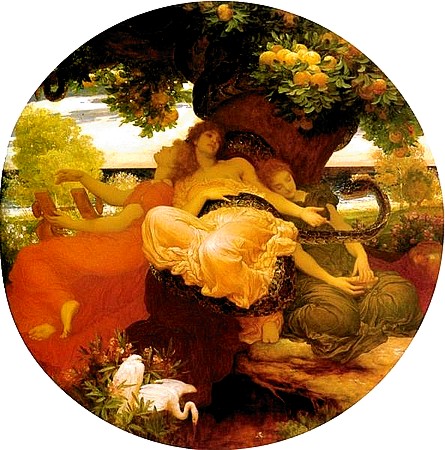
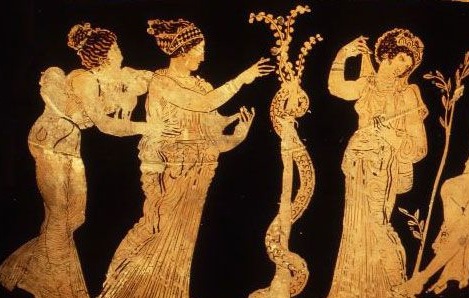
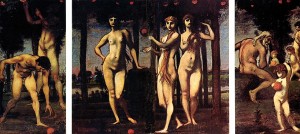
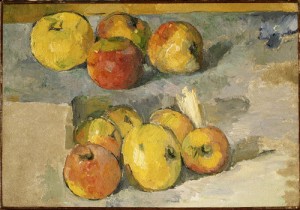
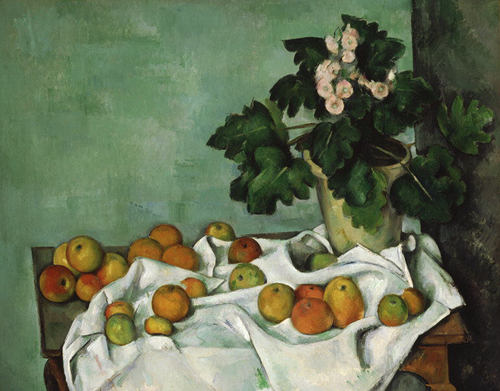
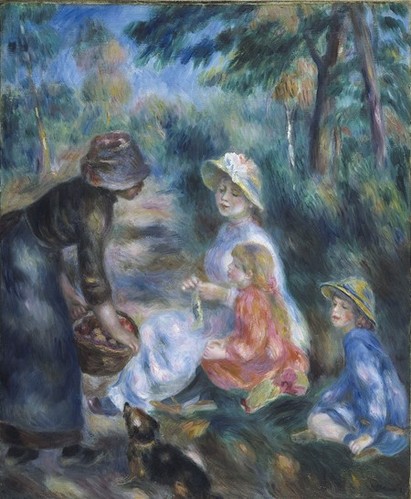

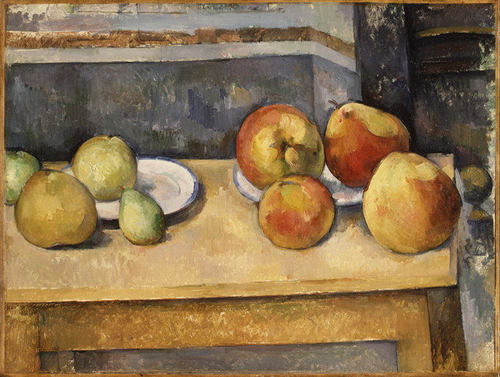
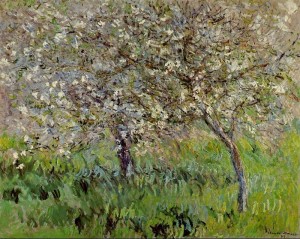
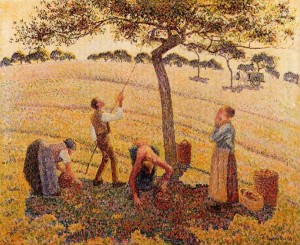
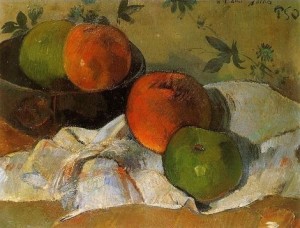
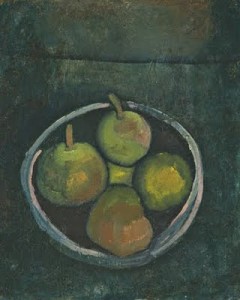
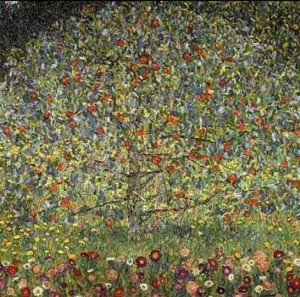
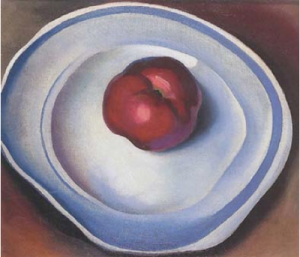
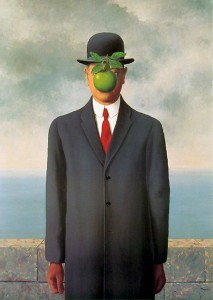
Very interesting.
Thank you,
very interesting article